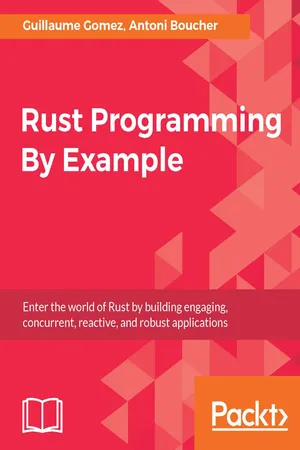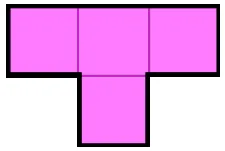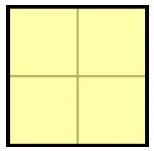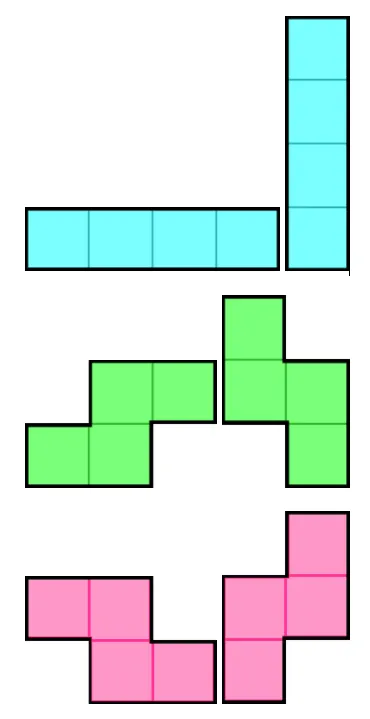
Rust Programming By Example
- 454 pages
- English
- ePUB (mobile friendly)
- Available on iOS & Android
Rust Programming By Example
About this book
Discover the world of Rust programming through real-world examplesAbout This Book• Implement various features of Rust to build blazingly fast applications• Learn to build GUI applications using Gtk-rs• Explore the multi-threading aspect of Rust to tackle problems in concurrency and in distributed environmentsWho This Book Is ForThis book is for software developers interested in system level and application programming who are looking for a quick entry into using Rust and understanding the core features of the Rust Programming. It's assumed that you have a basic understanding of Java, C#, Ruby, Python, or JavaScript.What You Will Learn• Compile and run the Rust projects using the Cargo-Rust Package manager• Use Rust-SDL features such as the event loop, windows, infinite loops, pattern matching, and more• Create a graphical interface using Gtk-rs and Rust-SDL• Incorporate concurrency mechanism and multi-threading along with thread safety and locks• Implement the FTP protocol using an Asynchronous I/O stack with the Tokio libraryIn DetailRust is an open source, safe, concurrent, practical language created by Mozilla. It runs blazingly fast, prevents segfaults, and guarantees safety. This book gets you started with essential software development by guiding you through the different aspects of Rust programming. With this approach, you can bridge the gap between learning and implementing immediately. Beginning with an introduction to Rust, you'll learn the basic aspects such as its syntax, data types, functions, generics, control flows, and more. After this, you'll jump straight into building your first project, a Tetris game. Next you'll build a graphical music player and work with fast, reliable networking software using Tokio, the scalable and productive asynchronous IO Rust library. Over the course of this book, you'll explore various features of Rust Programming including its SDL features, event loop, File I/O, and the famous GTK+ widget toolkit. Through these projects, you'll see how well Rust performs in terms of concurrency—including parallelism, reliability, improved performance, generics, macros, and thread safety. We'll also cover some asynchronous and reactive programming aspects of Rust.By the end of the book, you'll be comfortable building various real-world applications in Rust.Style and approachThis comprehensive guide uses practical examples to implement various RUST programming features.
Frequently asked questions
- Essential is ideal for learners and professionals who enjoy exploring a wide range of subjects. Access the Essential Library with 800,000+ trusted titles and best-sellers across business, personal growth, and the humanities. Includes unlimited reading time and Standard Read Aloud voice.
- Complete: Perfect for advanced learners and researchers needing full, unrestricted access. Unlock 1.4M+ books across hundreds of subjects, including academic and specialized titles. The Complete Plan also includes advanced features like Premium Read Aloud and Research Assistant.
Please note we cannot support devices running on iOS 13 and Android 7 or earlier. Learn more about using the app.
Information
Events and Basic Game Mechanisms
- Tetrimino
- Creating tetriminos
- Generating a tetrimino
- Tetris struct
- Interacting with the game map
- SDL events
- Score, level, lines sent
Writing Tetris
- There is a grid with a height of 16 blocks and a width of 10 blocks.
- You have seven different tetrimino (a tetris piece) that are all composed of four blocks.
- A new tetrimino appears at the top of the game's grid every time the previous one cannot descend any more (because the block below is already occupied or because you've reached the game's floor).
- The game is over when a new tetrimino cannot appear anymore (because there is already a tetrimino at the top of the grid).
- Every time a line is full (all blocks are occupied by a tetrimino part), it disappears and all lines above descend by one line.
Tetrimino




struct Tetrimino { states: Vec<Vec<Vec<u8>>>, x: isize, y: usize, current_state: u8, }
states: Vec<Vec<Vec<u8>>>,
Table of contents
- Title Page
- Copyright and Credits
- Packt Upsell
- Contributors
- Preface
- Basics of Rust
- Starting with SDL
- Events and Basic Game Mechanisms
- Adding All Game Mechanisms
- Creating a Music Player
- Implementing the Engine of the Music Player
- Music Player in a More Rusty Way with Relm
- Understanding FTP
- Implementing an Asynchronous FTP Server
- Implementing Asynchronous File Transfer
- Rust Best Practices
- Other Books You May Enjoy